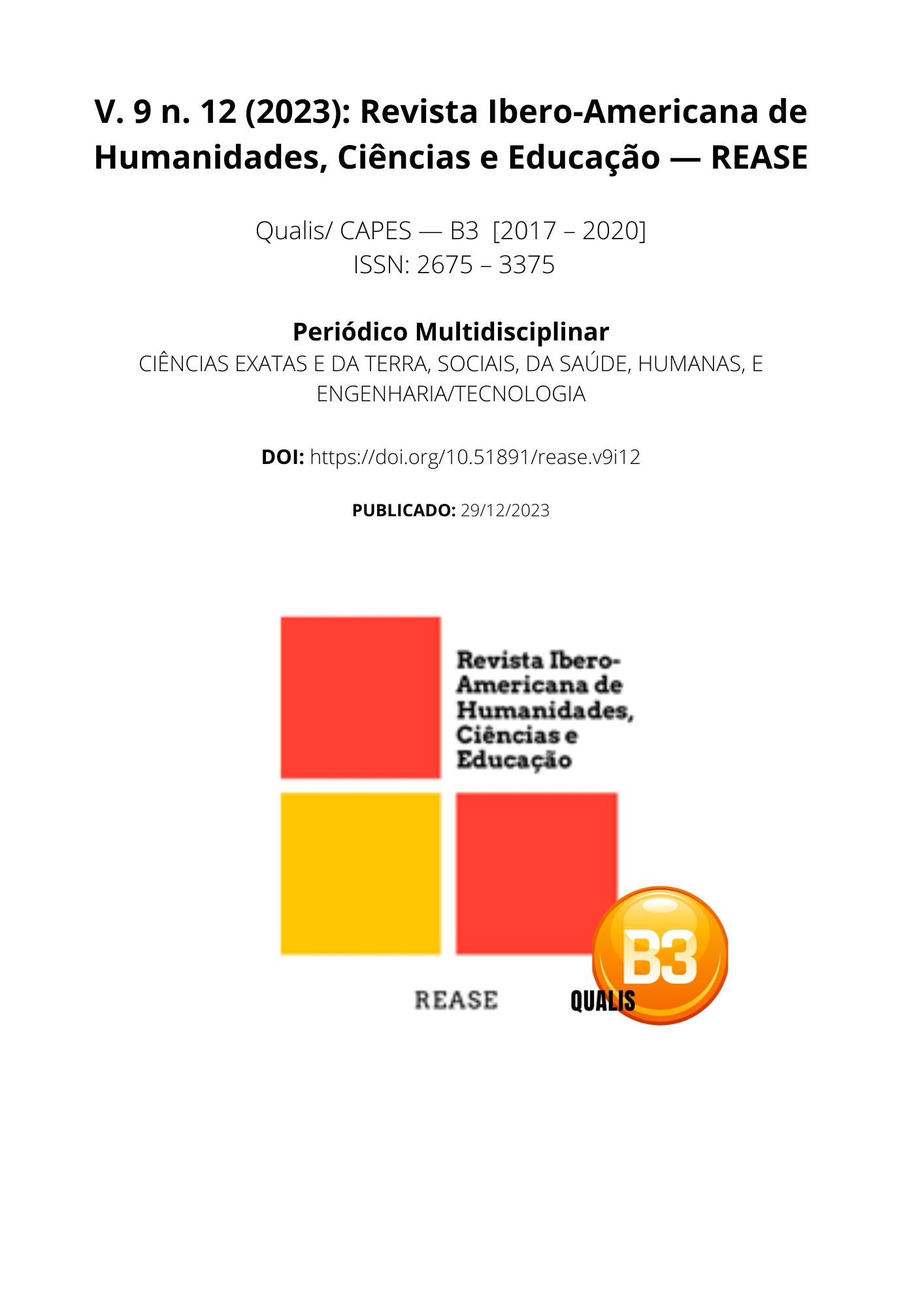DISCIPLINE IN THE CURRICULUM AND THE POSSIBLE LINK THROUGH INTERDISCIPLINARITY
DOI:
https://doi.org/10.51891/rease.v9i12.12799Keywords:
Interdisciplinarity. Knowledge. Education.Abstract
Several disciplines dialoguing with each other, combining their knowledge, and the interaction of members of society with the environment are crucial approaches to dealing with the complexity of life and its objects (JAPIASSU, 2006; MORIN, 2006). The old Cartesian paradigm, which was based on the segmentation of knowledge and specialization, is giving way to the emerging paradigm, which advocates integration between disciplines, knowledge, thoughts, actions, attitudes, territories and cultures. The integration of disciplines and interconnection with other types of knowledge, through the logic of inter/transdisciplinarity, are promising ways, both from an epistemological and methodological point of view, to deal with the complexity of reality. In this aspect, this article addresses interdisciplinarity. The general objective is to analyze the characteristics of interdisciplinarity based on the positioning of authors who write on the subject. Specific objectives are listed: to investigate conceptions about interdisciplinarity from the point of view of curriculum formation; identify how interdisciplinarity is associated with methodologies and teaching. The work is bibliographic in nature. As a result, it is concluded that interdisciplinary practice requires the sensitivity of the teacher, who must recognize the vastness of learning and not see himself as the absolute holder of knowledge.
Keywords: interdisciplinarity; knowledge; education
Downloads
Downloads
Published
How to Cite
Issue
Section
Categories
License
Atribuição CC BY

